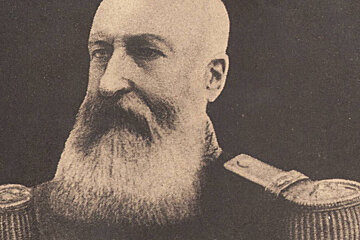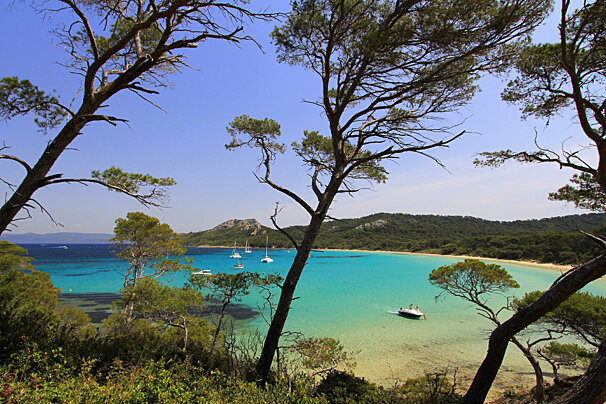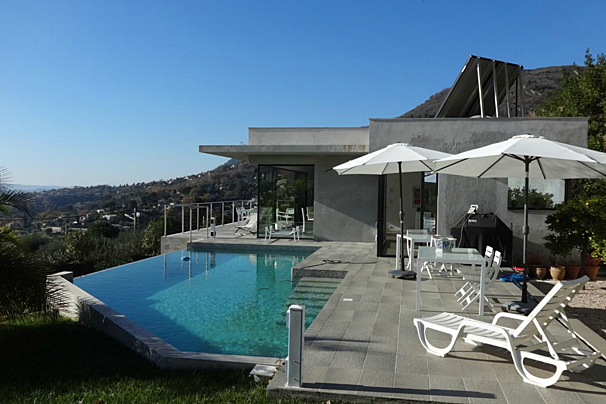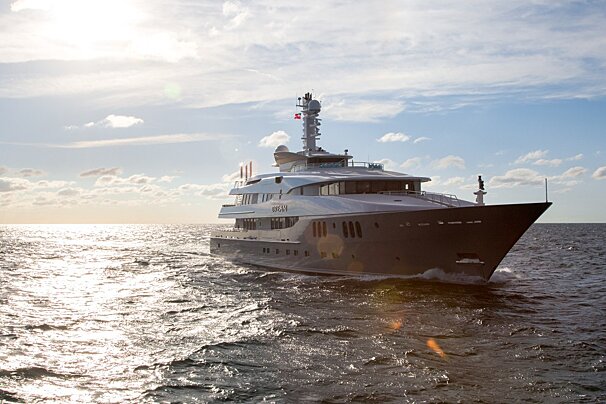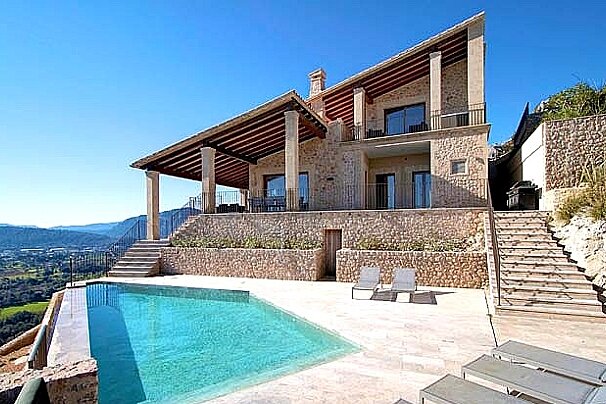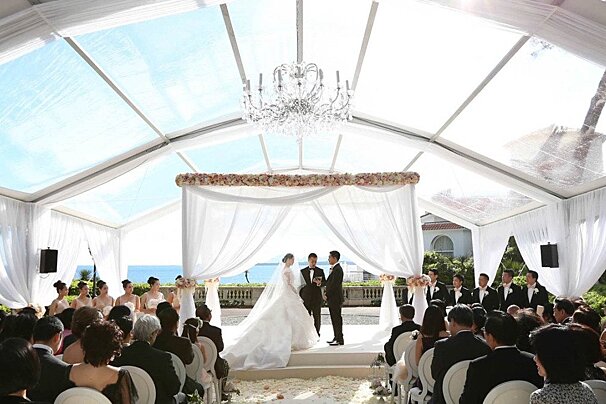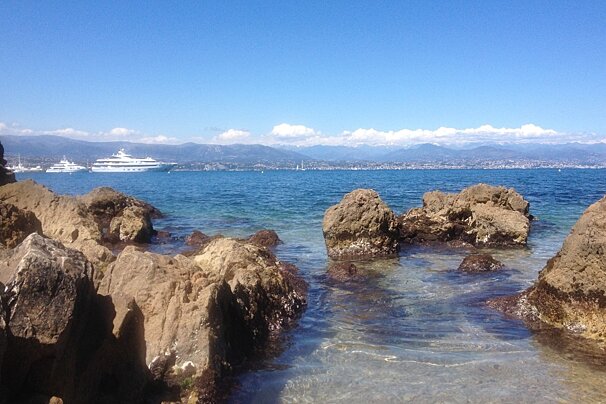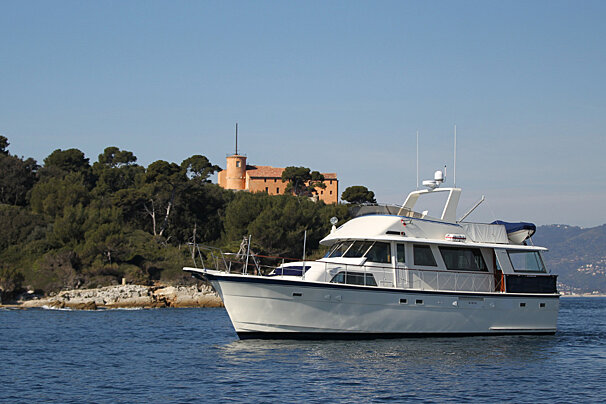
King Leopold II of Belgium
Also known as the Butcher of Congo
King Leopold II of Belgium is another person who was quick to see the astonishing virtues of the Coted’Azur- much like his English cousin Queen Victoria.
But that is probably where the two royals parted company, for King Leopold is considered by history as a cruel and repulsive man with a penchant for young girls, and fingernails so long that he refused to even shake hands. His prudish English cousin would not have been amused, although she did meet with him on occasion during her sojourns in the South.
For many people, the glittering darkness behind the glamour is one of the most intriguing things about the French Riviera- a history of hedonism and ill-gotten gains in grand villas under the Mediterranean sun. If you like your Riviera celebrity history dark and brutal, then King Leopold of Belgium is a splendid place to start.
King Leopold is most famous for his reign of terror in the Free State of Congo, which he started as a private venture under the pretext of improving the lives of the native people. In reality he exploited the country for vast fortunes of ivory and rubber, using local slave labour. Murderous patrols of the mercenary Force Publique were sent to cut the hands and genitals off villagers when they failed to meet their crop targets. Estimates of those Congolese that died under his ‘reign’ number between 3 and 15 million, through torture, overwork, starvation and disease.
Like so many since, Leopold took the spoils and invested in property on the French Riviera. Over several years from 1899, he bought up much of the stunning Cap Ferrat, constructing and redesigning immense villas and palaces. He moored his yacht Clementine off the shores, where oligarch and tycoons now anchor their vast superyachts in the summertime. Initially the local farmers who owned the land were astonished that anyone would pay for this rocky land along the cliffs- useless for crops and mainly left to the roaming shepherds and their flocks. No doubt they felt pleased at the windfall, but the locals were not happy for long- a journalist soon wrote in the Nice paper that ‘at this rate the whole of Cap Ferrat will soon belong to King Leopold and there will be nothing more to do except put up a sign at the entrance saying “Belgian colony – Keep Out”’.
Leopold was married to Queen Marie-Henriette in a reportedly loveless marriage. After fathering four children they lived very separate lives and he entertained himself with many other females. It is alleged that English virgins as young as 10 were his flavour at the time, although at 65 years old he swapped them for a 16 year old prostitute by the name of Blanche Delacroix. Because he was still married, he secreted her away in one of his villas on the Cap Ferrat, safe from prying eyes. It is said that he would walk each night with a lantern from his palace along the path to her villa, his long beard wrapped up in a rubber envelope to stop the night-time dew sinking in and making his young lover’s skin uncomfortable when they embraced.
Much to the consternation of the Belgian people, he gave Blanche Delacroix, a commoner of ill-repute, the title of Baroness de Vaughan. Despite her new royalty, she was not allowed to leave the Villa Radiana, and stayed in her glorious cage with her view upon the sparkling sea. Leopold was controlling like that: despite his own moral weaknesses, he jailed one of his daughters for having an affair, refused a widowed daughter to marry again and broke up the impending marriage of a third.
It seems that he loved his young prostitute-turned-Baroness, for they stayed together until his death 10 years later, marrying in a secret ceremony just 4 days before he died. The two children she had were almost certainly his, and as one of the richest men in Europe he left them a vast fortune upon his death. Unfortunately for her, the marriage ceremony was declared null and void and Leopold’s immense wealth passed to his legitimate children and to the Belgian state.
King Leopold’s legacy in the Congo may not bear thinking about, but his legacy on Cap Ferrat is one of beautiful villas and gardens. The palace Villa Leopolda has since been rebuilt but the stunning Villa Les Cedres with its exotic gardens remains. As for Villa Radiana, from the sea it looks much the same as when Baroness Blanche once stood each night and waited for her Leopold- murderer, thief, lover and king- to come calling.
You can’t help but wonder what she must have thought of it all.
